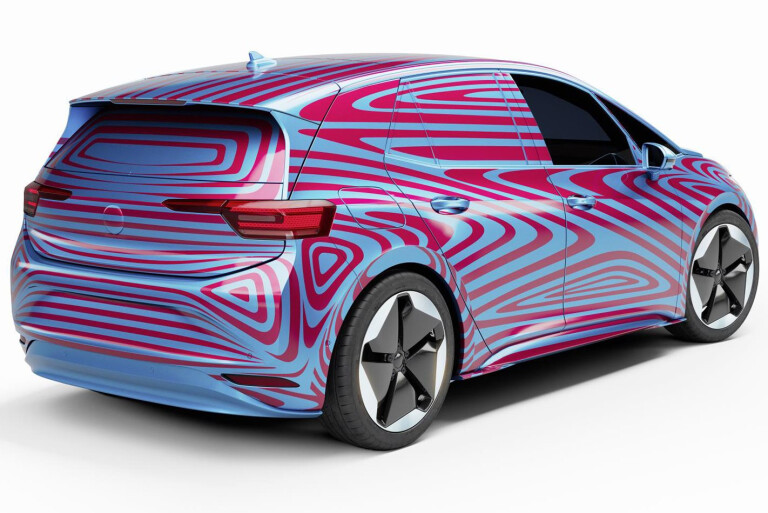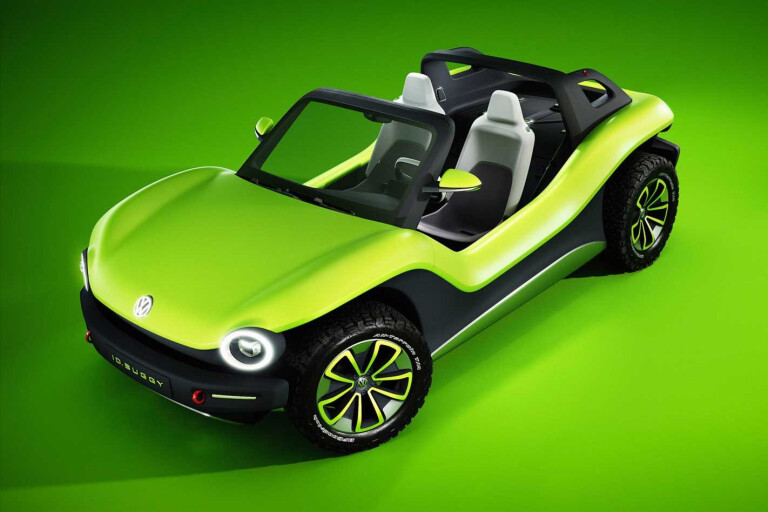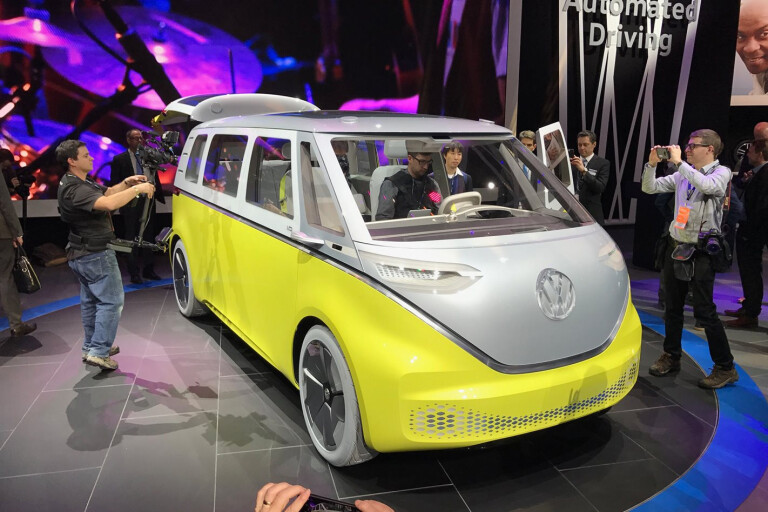
Volkswagen is yet to reveal its local electric vehicle strategy, but if the German car maker’s prediction is on the money, Australia’s EV market will soon surpass a defining tipping point.
In 2022, Volkswagen’s ID.3 will mark the start of the company’s electric era overseas and it’s possible the model will appear in Australian showrooms soon after but, thanks to a highly scalable, purpose-built MEB platform, the small hatchback will be soon followed by a flurry of models in nearly all segments.
Combined with VW’s yet-to-be detailed electric line-up, Volkswagen Group Australia product marketing manager Jeff Shafer told WhichCar the overall EV market would enjoy exponential growth once consumers get a taste for clean motoring.

“When we look five to 10 years into the future, instead of seeing a very small percentage of sales we will see electric vehicle sales grow steadily over time to maybe … 40 or 50 percent of sales by 2030,” he said.
That sales explosion from today’s new vehicle share of less than 1.0 percent may seem ambitious and is in line with the Labor Party’s pre-election forecast, which was dependent on then-leader Bill Shorten’s pledge to stimulate the EV market.
According to Shafer however, the momentum of EV sales is not exclusively reliant on Government support and will instead be triggered in just a few years simply by more attractive pricetags for battery-electric cars.
“The price premium has to come down and it is,” he said. “Once the up-front premium becomes more like a diesel premium traditionally, I think people will make a rational choice. That’s upon us in the next few years.”

Current examples of diesel premiums over equivalent petrol variants include the Mazda CX-3 which costs $2400 extra, the BMW 3 Series for $3000 more, and the Toyota Landcruiser diesel which retails for $5100 over the petrol version.
Exactly what price premium Aussies are prepared to pay for a pure-electric small car will soon become apparent. For reference though, the cheapest electric car available is the $44,990 Ioniq Electric Elite - which costs around $20,000 more than a comparably specified small car.
As for the frequently debated chicken and egg – or vehicles vs infrastructure - argument, Shafer is confident the supporting network of chargers and perhaps even government incentives will be second to the growing choice of vehicles.
Until a charging network is established to support pure EV motoring for the masses, Shafer believes the initial uptake will be with two-car households on metropolitan fringes.

“I think electric vehicles will come and then we will see the infrastructure develop. A lot of the people buying an EV earlier, they will be two-car households with a combustion engine car as the second car.
“It’s one of those things that I think has been beaten up a bit about why people won’t (buy an EV). Those outer suburban dwellings are standalone with off-street parking. To me, that feels like the first wave.”
According to Shafer, reduced servicing costs will already appeal to savvy Australians but a government “big stick” would facilitate EV adoption faster with a CO2 regime or zero-emissions vehicle scheme, for example.
“There are things government could do to support it. Things like rules for new construction. Not necessarily forcing people to put in chargers but just having the wiring [in their homes to be] effective.”
If Volkswagen’s vision of an electric future is a success, the ID.3 will go down in company history as one of its most significant models, Shafer said – an intention signified by the number three in its moniker.
“It definitely is a car for the people and the company has positioned it as the successor to the Beetle more than the Golf. I think it can work well in Australia.
“Part of the reason for the name ID.3 is it’s the third generation of the people’s car. This is electric motoring for the masses.”
Whether the ID.3 makes it Down Under or not is yet to be confirmed, but if it is confined to Europe and other small-hatch-centric nations, an SUV based on the same platform is almost a certainty for Australia.
“Where Australia’s at the moment, you’d have to say that an electric SUV is the product that would be most relevant. SUV works well with electric as well – you can position two motors if you want to go all-wheel drive.
“ID is not just the one model, it’s about having a range of vehicles. It’s replicating the combustion engine range in electric”.


COMMENTS